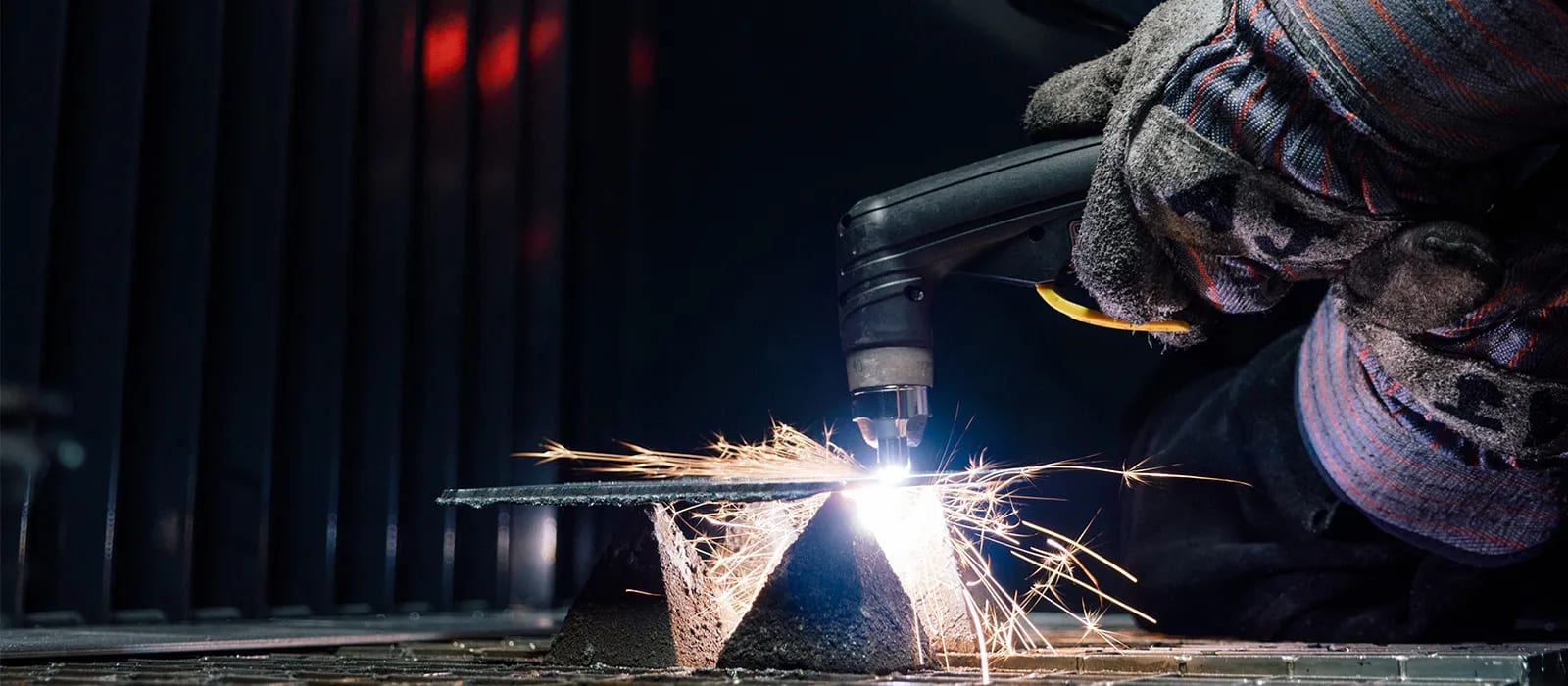Ideal Practices for Preventing Weld Undercut: Understanding the Fundamentals
Ideal Practices for Preventing Weld Undercut: Understanding the Fundamentals
Blog Article
Understanding the Causes and Solutions for Undercut Welding in Metal Fabrication Processes
In the realm of metal fabrication processes, the occurrence of undercut welding positions a significant difficulty that demands an extensive understanding of its causes and viable services. The elaborate interplay of various factors throughout welding procedures can cause this unwanted sensation, affecting the structural integrity and total high quality of the bonded joints - Preventing weld undercut. By exploring the root causes of undercut welding and discovering reliable restorative procedures, producers can elevate the criterion of their craftsmanship and make sure the production of flawless steel elements
Common Reasons For Undercut Welding
Regularly ignored in metal manufacture, undercut welding happens because of numerous aspects that demand thorough interest and know-how to be efficiently mitigated. One usual reason for undercut welding is excessive warm input. When the heat input is also high, it can result in the melting and subsequent disintegration of the base material along the sides of the weld joint, creating a groove or undercut. In addition, improper welding strategies, such as using the incorrect welding angle or travel rate, can also add to undercut development. Inadequate protecting gas coverage is one more vital aspect that can result in undercutting. Not enough gas coverage fails to secure the weld swimming pool effectively, leading to oxidation and undercut problems. Furthermore, the selection of welding criteria, such as voltage, present, and wire feed speed, plays a considerable duty in the incident of undercut welding. Recognizing these usual causes is critical for executing preventative measures and guaranteeing high-grade welds in metal fabrication processes.
Influence of Incorrect Welding Parameters
Incorrect welding specifications can considerably endanger the honesty and quality of welded joints in steel manufacture processes. The effect of incorrect welding specifications materializes in different ways, leading to architectural weak points and defects in the welded elements. Precise focus to welding parameters is critical to make sure the manufacturing of high-quality welds with the desired mechanical homes and architectural honesty.
Result of Improper Lantern Angle
Inappropriate torch angle in welding operations can dramatically affect the high quality and stability of the final weld joints in steel manufacture processes. Undercutting is a common welding issue where a groove creates along the weld toe, deteriorating the joint and jeopardizing its structural honesty.
A lantern angle that is as well steep can result in insufficient infiltration, insufficient combination, and enhanced spatter. On the various other hand, a lantern angle that is as well shallow can cause extreme penetration, burn-through, and distortion of the base product. Preventing weld undercut. Correct torch angle is important for ensuring regular weld high quality, strength, and look
To avoid undercutting and various other flaws brought on by inappropriate lantern angles, welders should be educated to preserve the correct lantern angle throughout the welding process. Normal tracking and change of torch angles during welding can assist achieve sound welds with minimal flaws.
Role of Inadequate Welding Strategies

Another facet of poor welding strategies is inappropriate weld prep work. Insufficient cleaning of the base metals, wrong joint design, or inadequate side prep work can all add to undercut welding. Poor protecting gas protection or using the incorrect kind of gas can result in incomplete fusion and the development of undercut flaws.
To deal with the role of poor welding methods in metal fabrication procedures, it is vital to supply extensive training for welders. Proper education and learning on welding specifications, joint preparation, and protecting gas look here selection can aid stop undercut welding and guarantee high-quality welds in steel construction projects.
Efficient Solutions for Undercut Welding
Dealing with undercut welding in steel construction calls for carrying out effective options to enhance weld top quality and structural integrity. One of the main solutions to deal with undercut is to adjust welding criteria such as voltage, current, and take a trip rate to guarantee correct warm input and blend. By fine-tuning these settings, welders can stop excessive melting of the base metal and filler product, reducing the probability of undercut development.
Additionally, appropriate joint prep work is important in protecting against undercut. Guaranteeing tidy base steel surfaces without contaminants and using the proper bevel angle can official site aid promote much better weld infiltration and lower the risk of undercut - Preventing weld undercut. Utilizing ideal welding strategies, such as hop over to here oscillating the torch or weaving, can additionally assist in distributing heat uniformly and filling up the weld joint adequately, reducing the opportunity of undercut issues
Furthermore, selecting the appropriate welding consumables, including electrodes and filler steels, is necessary in minimizing undercut. Using materials with suitable chemical structures and mechanical residential or commercial properties can add to accomplishing sound welds with very little undercut. Routine assessment and quality assurance actions need to additionally be applied to detect and address undercut issues quickly, guaranteeing the overall integrity of fabricated metal parts.

Verdict
In verdict, recognizing the reasons and services for undercut welding in metal fabrication procedures is important for achieving premium welds. By dealing with common reasons such as wrong welding specifications, improper lantern angle, and insufficient welding methods, welders can stop damaging and guarantee solid, sturdy welds. It is necessary to focus on these variables and apply efficient options to enhance the total welding procedure and end product quality.

Report this page